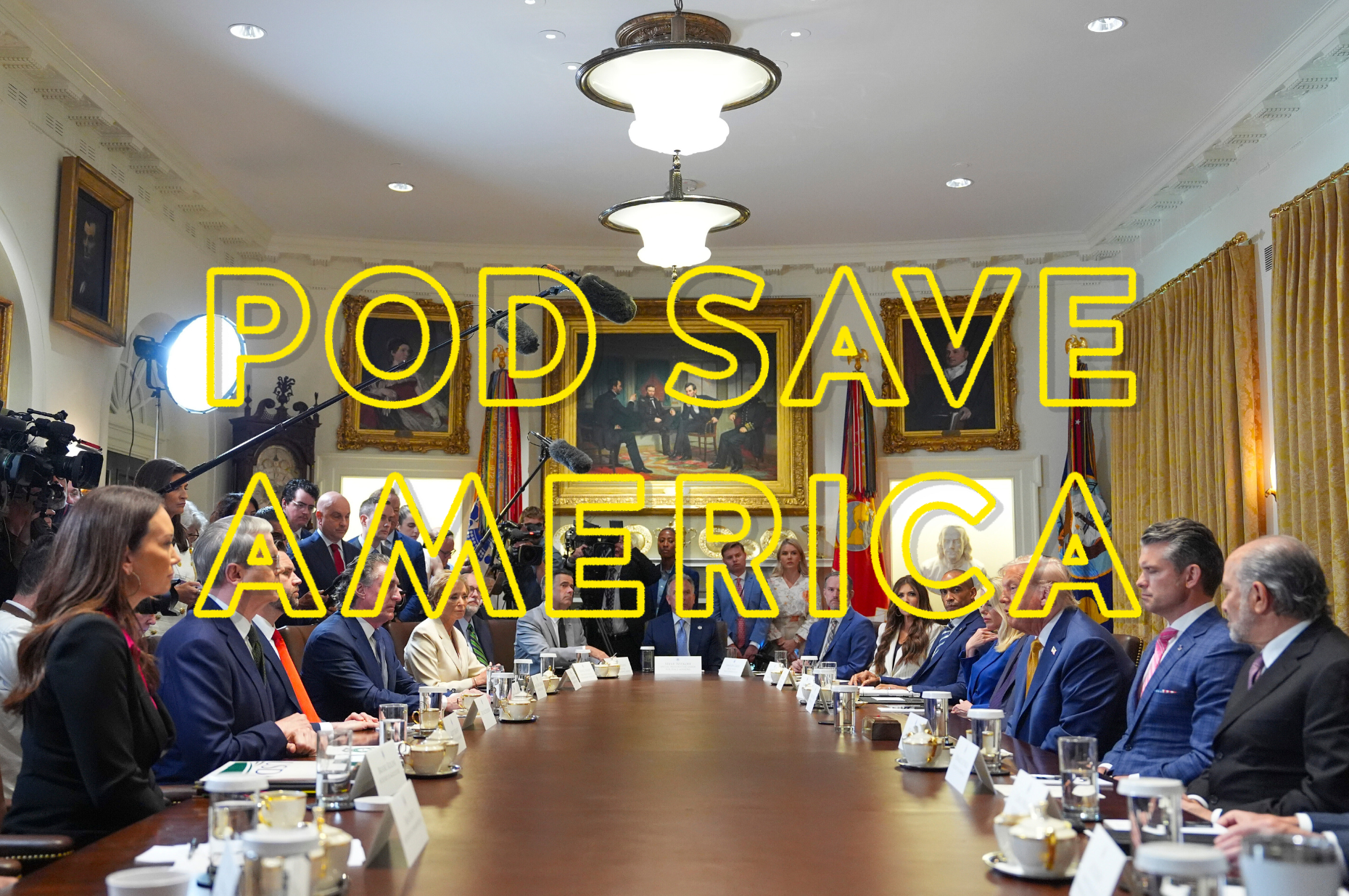
On Friday, September 20, when millions of people marched in the streets for the global climate strike, something shifted. In the U.S., from New York, NY, to Spokane, WA, a new generation of change-makers took the country by storm. These young people showed America that they lead a powerful national movement to confront the climate crisis, and they’re going to take their seats at the tables of power—whether those who control them like it or not.
This uprising has been a long time coming. Today more Americans than ever are concerned about the impacts climate change will have on their lives and the lives of their loved ones. A record number of voters say climate change is the issue they care about most. This shift is led by young people: 78 percent of Millennials and Generation Z voters support a Green New Deal—a national mobilization to confront climate change and create millions of good, union jobs, shifting off of fossil fuels, and building a more just and equitable American clean energy economy. A solid majority of American teenagers understand that the climate crisis will cause harm to them personally and to their communities. Even prior to the recent climate strikes, nearly one in four of them had participated in a walkout, attended a rally, or written to a public official about the climate crisis.
We represent two different ends of the climate movement: an elected official of the Woodstock Generation who has been leading the climate change fight in state and federal government; and a Millennial leader of the transformative youth movement to protect humankind from the climate crisis. We come from different generations and different backgrounds, but we see the same thing: Young people have changed the game on the climate crisis, and politicians better listen up now.
Last year, a 15-year old teenager named Greta Thunberg began a strike by herself outside the Swedish parliament. The year prior, eight young people came together to found the Sunrise Movement. This year, Greta addressed world leaders at the United Nations. Six million people went on climate strike around the globe in late September. And every leading Democratic candidate for president has embraced a Green New Deal-style plan, which consistently wins support from a broad majority of Americans, including those in congressional “swing” districts. The recent climate strikes marked the largest youth-led political demonstration ever recorded, leaving young people on track to make climate change a defining issue in the 2020 elections next year. Politicians should take heed: they are going to win or lose based on whether they support taking bold climate action.
We’re uniting by the millions because millions of lives will be lost if nothing changes. We are currently on a crash course with 3 to 5 degrees Celsius (5.4 to 9 degrees Fahrenheit) of warming by 2100, which would give rise to an almost-unfathomable humanitarian crisis. Tens of millions will die, and millions more will lose their homes or livelihoods. By as early as 2050, 150 million people—nearly half the population of the U.S.—could become climate refugees. For perspective, the Syrian refugee crisis was sparked by one million refugees.
These truths about the climate crisis have been crystal clear since before this generation of young people was even born. Exxon knew that its business model—burning as many fossil fuels as possible—was contributing to climate change as early as 1977. But the wealthy and powerful have choked our democracy with dollars, and lied to the public about the science, all to squeeze every last ounce of fossil fuels from the earth.
But we have hope. As a country, we’ve been up against existential challenges before. We overcame the Great Depression and defeated global fascism. Already today, across the country, more states, cities, and local communities are taking action to reach 100 percent clean energy, creating jobs in thriving clean-energy industries, and fighting for environmental justice. The United States Climate Alliance of states, which advocates for the rapid reduction of carbon pollution, now represents the majority of the U.S. population.
We also know from history that we need social movements to create the necessary urgency and political will to transform our country for the better. On the first Earth Day, in 1970, 20 million people packed the streets and catalyzed the creation of the Environmental Protection Agency and the passage of America’s Clean Air Act, Clean Water Act, and Endangered Species Act. At the height of the Civil Rights Movement, tens of thousands of Americans risked their lives to secure freedom for all people, culminating in the passage of the Civil Rights Act of 1964. To win a Green New Deal, we must come together by the millions to repeatedly disrupt business as usual and force those in power to do what’s necessary to give young people a livable future. If politicians tell their kids and grandkids they would do anything for them, they should live up to their words and act now.
Last month’s strikes felt both exhilarating and heartbreaking. It’s deeply saddening that children must fight tooth and nail to force elected leaders to care about their future. But the strikes also showcased all the progress we’ve made in just a few short years, and a glimpse of what’s possible if this movement continues gaining momentum. Insiders in Washington, DC, may not know it yet, but this young American generation’s leaders know that we face an urgent climate crisis and that addressing it is a matter of life and death. They’re acting like it—it’s time that the rest of us did too.
Jay Inslee is the 23rd governor of Washington.
Varshini Prakash is the Executive Director and co-founder of Sunrise, a movement of young people working to stop climate change, take back our democracy from Big Oil, and elect leaders who will fight for our generation’s health and wellbeing.

